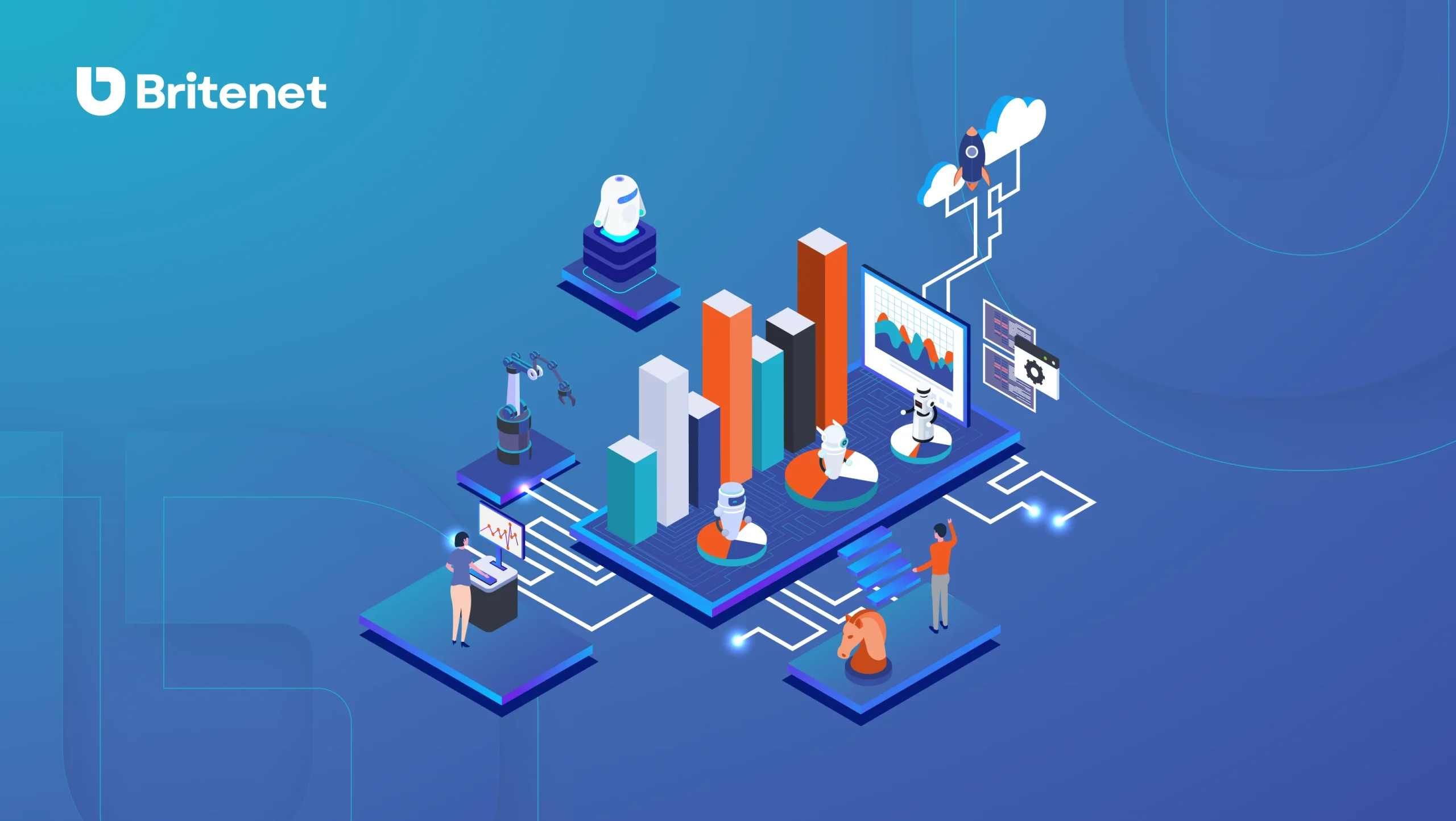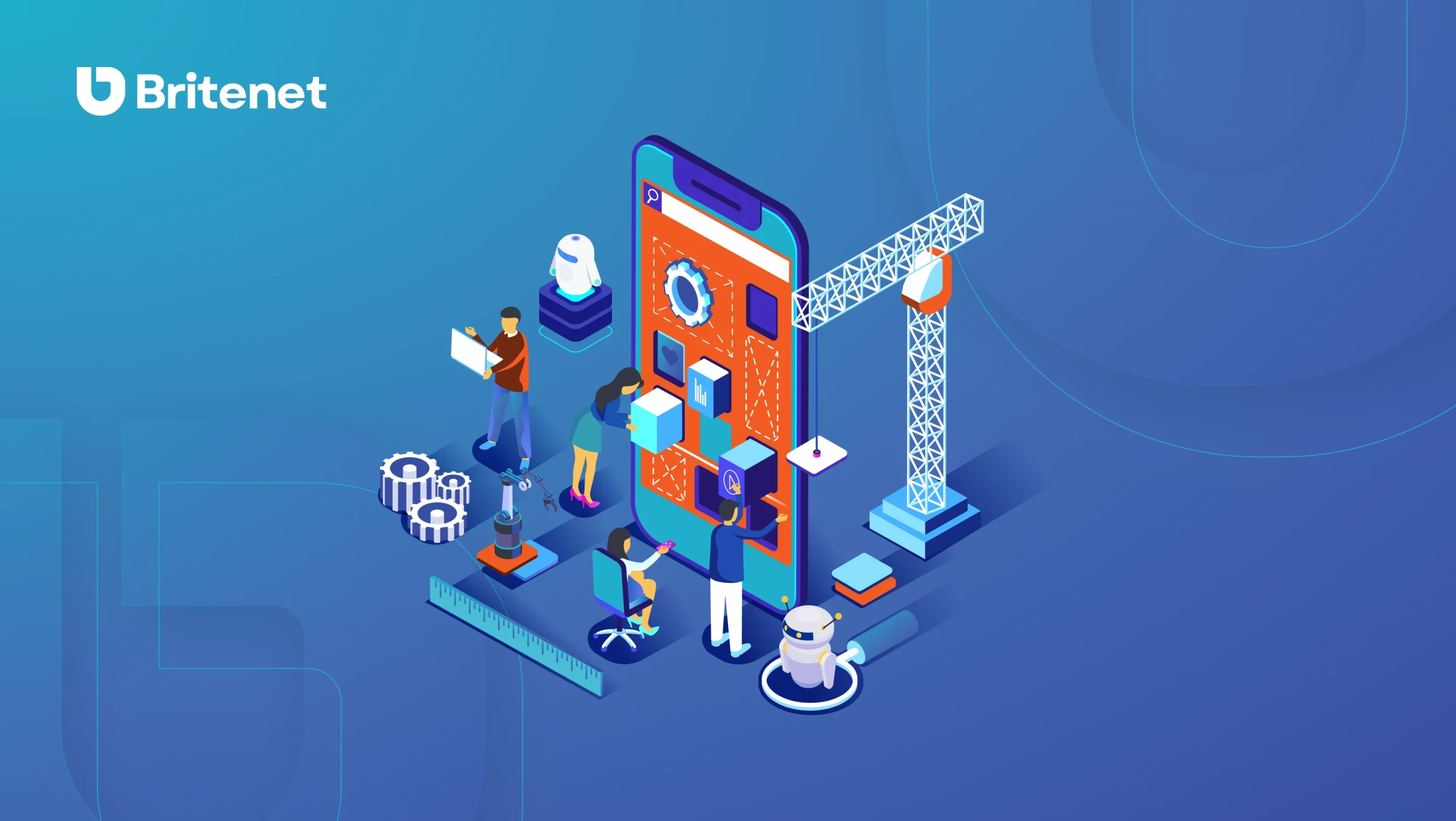Let me start with a story from a few years ago when I was shopping online and experienced an unpleasant situation. Instead of handing me the parcel in person, the courier company employee simply threw it over the garden fence, resulting in the destruction of the content. When I tried to make a complaint, it turned out that I would have to do so via chatbot. Unfortunately, the bot was not patient enough to listen to my complaint to the end, and attempts to connect with an alive consultant were unsuccessful. As you can easily guess, I gave up on this courier company forever.
The risk of technological hype
How is it possible that a courier company, like many others, invested in technology that was supposed to reduce customer service costs, but instead caused image damage and the loss of many customers? The culprit here is the phenomenon of technological hype, which is so important that companies such as Gartner devote separate studies to it.
Technological hype is the temporary belief that a particular technology will change our lives in a revolutionary way. In the past, we have had hype for, among others, big data, blockchain, and at least twice for artificial intelligence. A few years ago it was related to chatbots and voice bots, which led to numerous implementations of this then still immature technology.
Changes are coming
Another hyped technology is LLMs (Large Language Models), the most famous of which is Chat GPT. Although chatbots of this type are currently riding a marketing wave, the technology behind them may provide what chatbots lacked a few years ago. It appears that using LLMs as the basis for building 'assistants' that support employees and customers could be a game changer.
Of course, many of these technologies currently operate only as a cloud service, without the ability to give them expertise specific to our business, but some, such as Meta's Llama 2, are available on an open code basis and can be run on our corporate infrastructure.
Mature technology
An opportunity is opening up for our organisations to use modern yet mature technology in the form of LLMs to build dedicated tools to support internal processes, such as onboarding or the creation of virtual assistants for employees. In the longer term, it is worth pursuing the construction of a true virtual advisor for customers, who can explain the content of contracts in simple terms and advise on the right package.
Of course, this will require supplementing the models provided by technological giants with insurance expertise and information specific to our organisation. However, it is important to understand that we are the ones learning how to use technology to build chatbots, because the technology itself is already in place.



